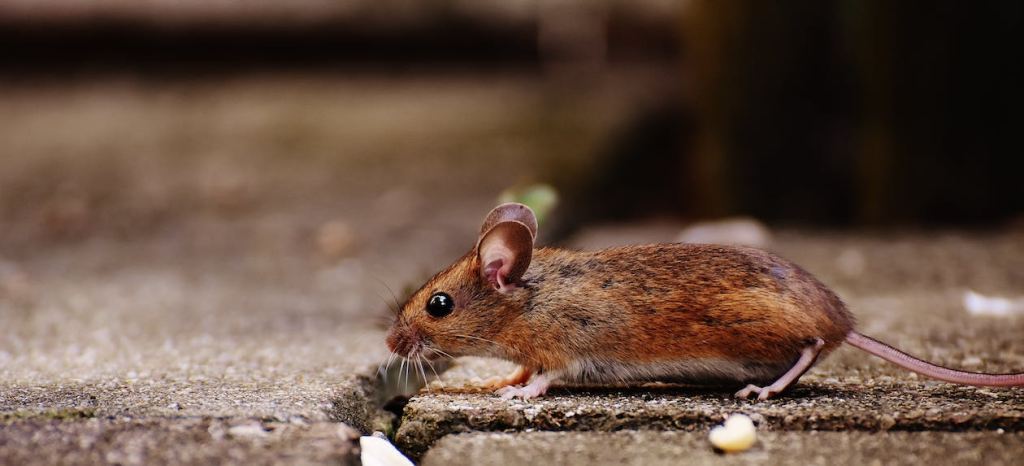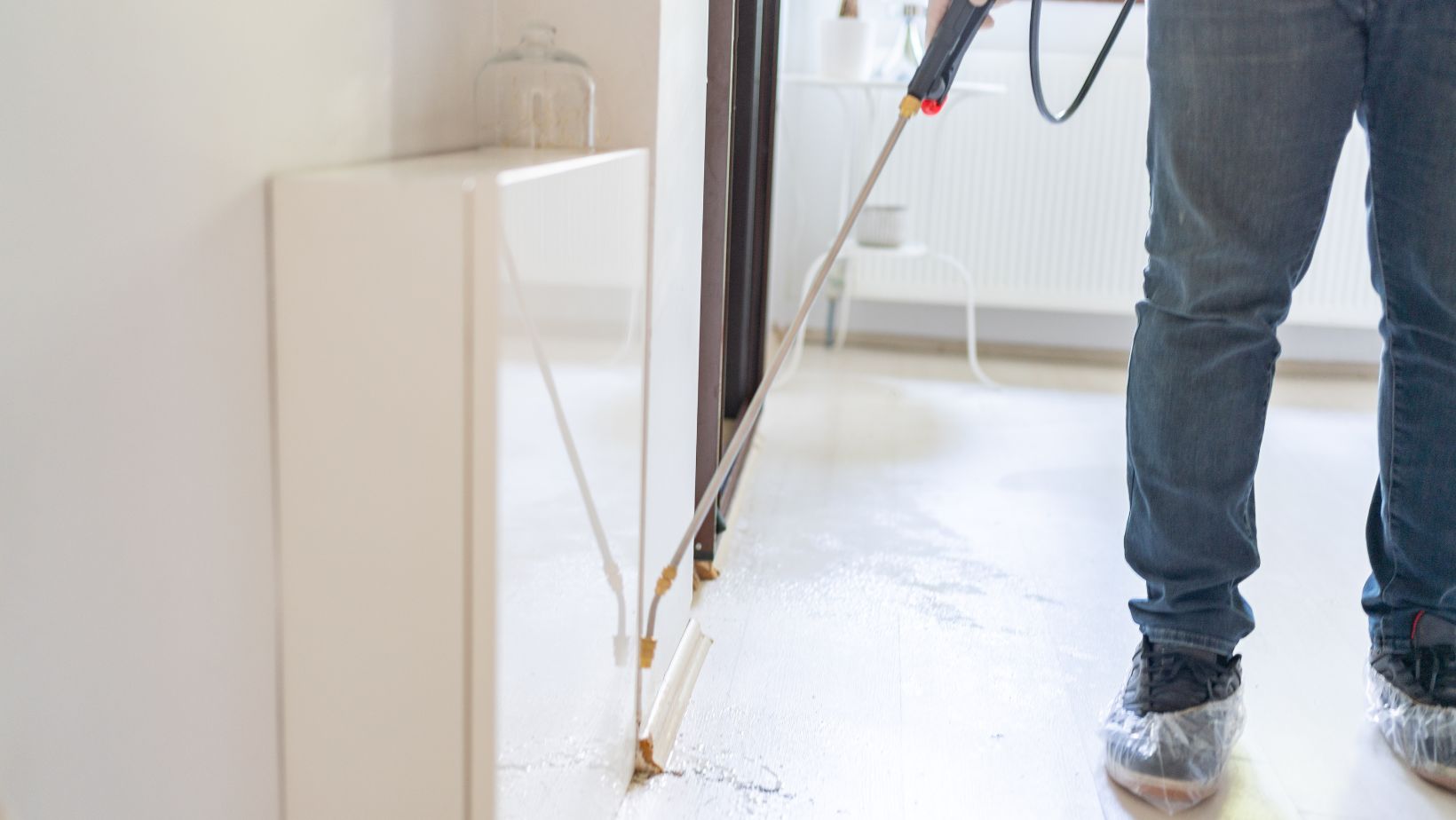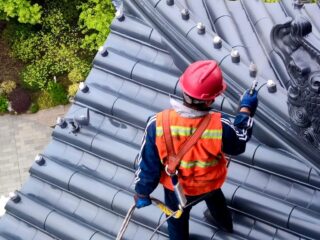
Pest infestations can be a homeowner’s worst nightmare, causing damage to property, spreading diseases, and creating an uncomfortable living environment. While dealing with pests can be challenging, the key lies in effective prevention measures. In this comprehensive guide, we will delve into the various aspects of pest prevention, from understanding common pests and their behaviors to implementing practical strategies that can safeguard your home. By the end of this article, you’ll be equipped with the knowledge needed to create a pest-resistant environment and keep your home pest-free.
Know Your Enemy: Understanding Common Pests
To effectively prevent pest infestations, it’s crucial to familiarize yourself with the common culprits. Insects like ants, cockroaches, and mosquitoes, as well as rodents such as mice and rats, are frequent invaders. Each pest has unique characteristics and behaviors that influence the prevention strategies required. For instance, knowing that ants are attracted to food crumbs and sugary substances allows you to focus on maintaining a clean kitchen to deter them.
Environmental Factors: What Attracts Pests?
Pests are attracted to certain environmental conditions that make your home hospitable to them. Factors like warmth, moisture, and easily accessible food sources can draw pests indoors. Leaky pipes, standing water, and improperly stored food are common contributors to pest problems. Addressing these issues is essential for effective pest prevention. Regular maintenance, such as fixing leaks and properly storing food, can significantly reduce the likelihood of an infestation.
Seal the Entry Points: Fortifying Your Home
Preventing pests from entering your home is a fundamental step in pest control. Inspect your home for potential entry points, such as gaps around doors and windows, cracks in the foundation, and openings around utility pipes. Seal these entry points using caulk, weatherstripping, or mesh screens. By fortifying your home, you create a barrier that limits the avenues through which pests can infiltrate your living space.
Landscaping Matters: Exterior Pest Prevention
Your landscaping choices can have a significant impact on pest prevention. Trim trees and bushes away from the exterior of your home, as overhanging branches provide convenient pathways for pests to access your property. Additionally, maintain a well-kept lawn and remove any debris that could serve as hiding spots for pests.

By keeping the exterior of your home tidy and well-maintained, you reduce the likelihood of pests finding harborage near your living space.
Integrated Pest Management (IPM): A Holistic Approach
Integrated Pest Management (IPM) stands as a beacon in the realm of pest control, representing a holistic approach to managing and preventing pest infestations. Unlike traditional methods that rely solely on chemical treatments, IPM is a comprehensive strategy that integrates a variety of techniques. This holistic approach involves identifying and understanding the pests in question, monitoring their activity, and implementing a combination of biological, physical, and chemical control methods. By considering the ecosystem as a whole, IPM aims to disrupt the life cycle of pests and minimize their impact on the environment. This method emphasizes sustainable, long-term solutions that not only target existing pest issues but also prevent future infestations. The beauty of IPM lies in its adaptability, allowing for a tailored approach that takes into account the specific needs and vulnerabilities of each environment.
Professional Assistance: The Role of Pest Control Services
In the realm of pest prevention, the expertise of pest control services cannot be overstated. These professionals are trained to identify potential risks, implement preventive measures, and address existing infestations. Collaborating with pest control services ensures that your pest prevention efforts are backed by the latest industry knowledge and effective treatment options. Regular inspections by pest control experts can help detect issues early on, preventing them from escalating into more significant problems.
Routine Maintenance: A Habitual Approach
Routine maintenance is the cornerstone of a successful pest prevention strategy. Just as regular check-ups are essential for our health, consistently tending to the needs of our living spaces is crucial for keeping pests at bay. This habitual approach involves conducting periodic inspections, promptly addressing any structural issues, and maintaining cleanliness throughout the home.

By consistently cleaning areas prone to spills, eliminating standing water, and ensuring proper food storage, you create an environment that is inhospitable to pests. Regular inspections help detect early signs of pest activity, allowing for timely intervention before infestations can take hold. In essence, routine maintenance transforms pest prevention from a sporadic task into a proactive and ongoing commitment, contributing significantly to the long-term well-being of your home.
By understanding the behaviors of common pests, addressing environmental factors, fortifying your home, and adopting an integrated approach, you can create a resilient defense against unwanted invaders. Professional assistance from pest control services, along with routine maintenance, further strengthens your pest prevention efforts. With these strategies in place, you can enjoy a pest-free home and the peace of mind that comes with it.











